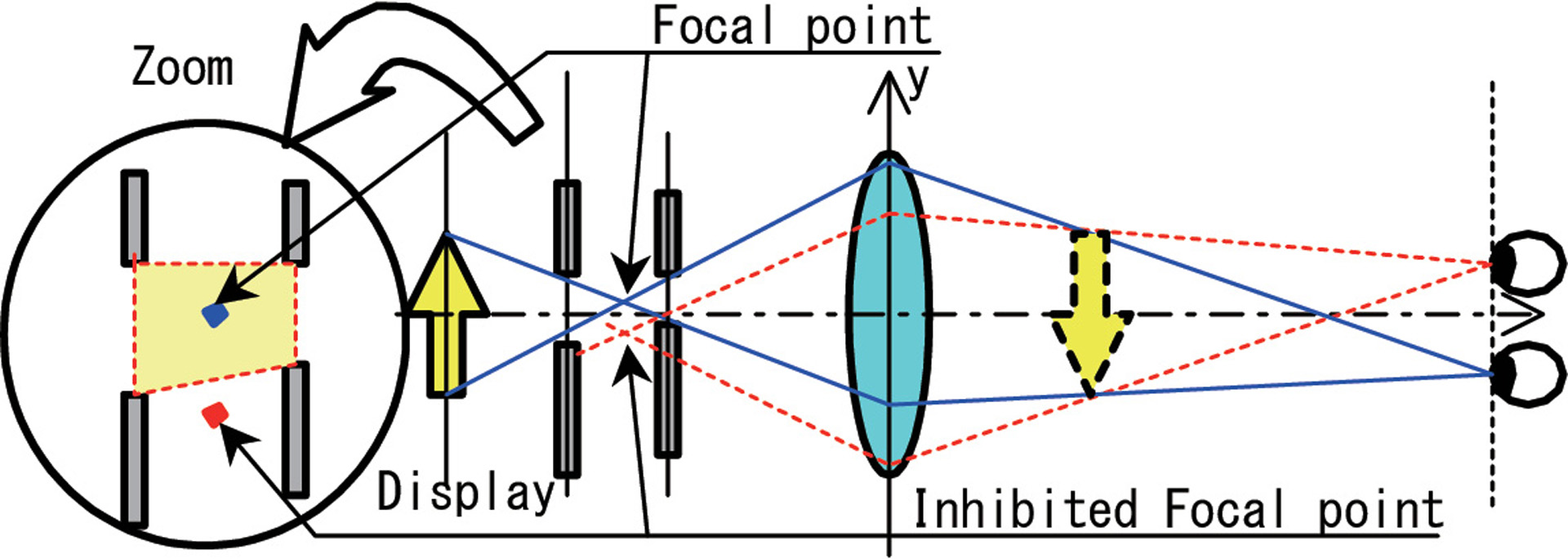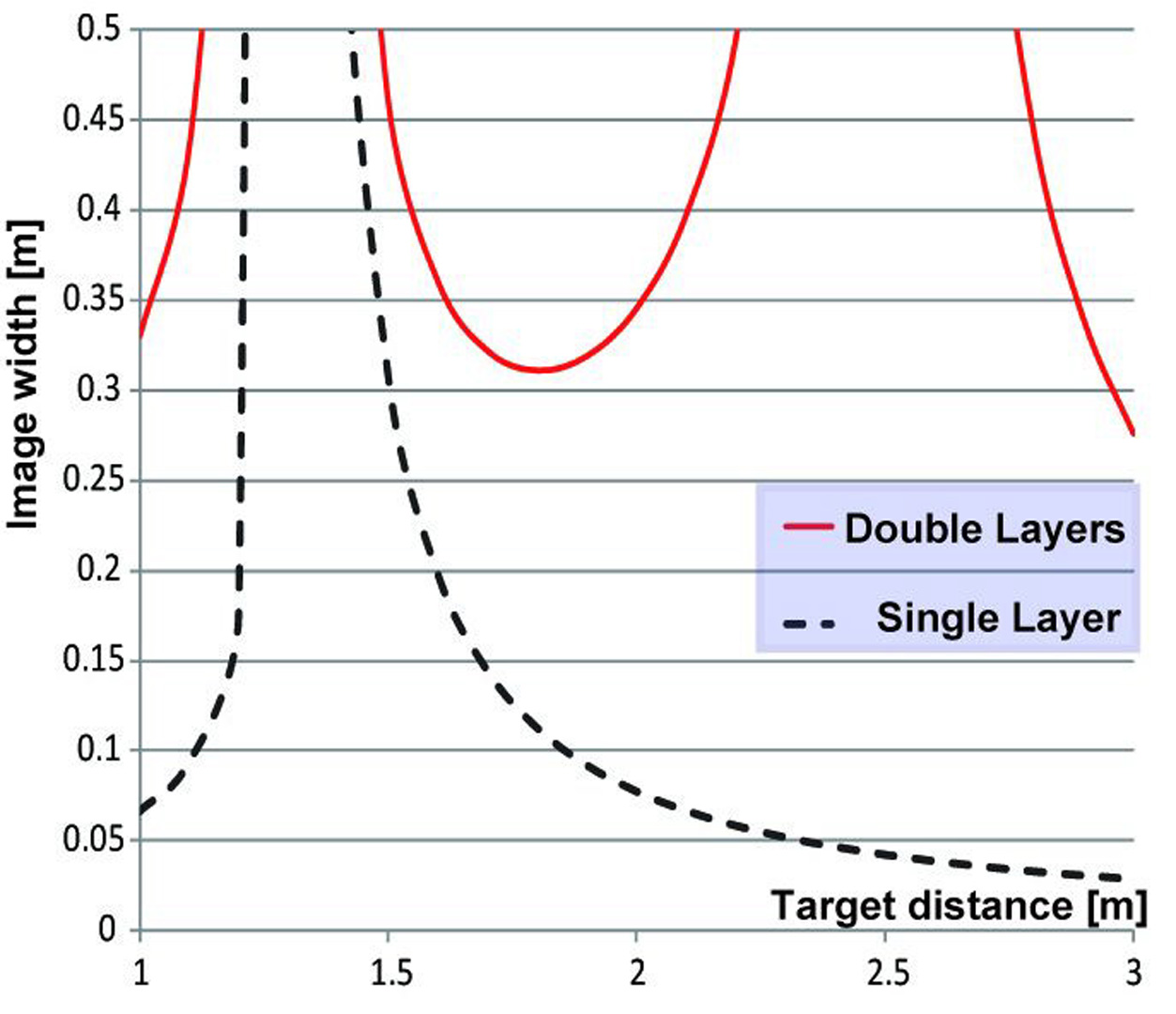“Wide area projection method for active-shuttered real image autostereoscopy” by Nii
Conference:
Type(s):
Entry Number: 115
Title:
- Wide area projection method for active-shuttered real image autostereoscopy
Presenter(s)/Author(s):
Abstract:
In the field of glass-free autostereoscopic display, the working area of the display is an important topic for research. It is desirable to have a display that provides a projected image with a large working area. The working area is defined on the basis of two parameters: the distance and the direction from the display to the target user. We have previously proposed the glass-free autostereoscopic display using Active-shuttered Real Image Autostereoscopy (ARIA) technology[Nii et al. 2012]. To increase the work distance of this system, we propose the double-layer active-shutter control method. ARIA is a simple technology for developing a glass-free auto-stereoscopic display without any mechanical moving components. The display made with this technology consists of two LCD devices and a large projection lens with an eye-tracking system. One of the LCD devices acts as the image display while the other serves as an active-shutter panel made of a set of pixels. This panel controls the light source by changing the level of transparency of its pixels in order to control the direction of the projection area on the basis of the eye location. As shown in Fig. 1(a), the image projected at the left eye while a shutter blocks the light travelling to the right eye, so that the next image is projected at the right eye in the next frame. This mechanism enables time division for the stereo images. The shutter was installed at a fixed distance from the lens. When the user moves from the designated position, thus changing the distance from the display, the image for the right eye may be received at the left eye. Please observe the line at the “Near point” in Fig. 1(a). When the user moves to the near point of the real image, the right eye views the image intended for the left eye. To avoid this problem, the image size is decreased to be smaller than the designated distance. The method for estimation was described for a specific distance.
References:
1. Nil, H., Zhu, K., Yoshikawa, H., Htat, N. L., Aigner, R., and NAKATSU, R. 2012. Fuwa-vision: an auto-stereoscopic floating-image display. In SIGGRAPH Asia 2012 Emerging Technologies, ACM, New York, NY, USA, SA ’12, 13:1–13:4.






